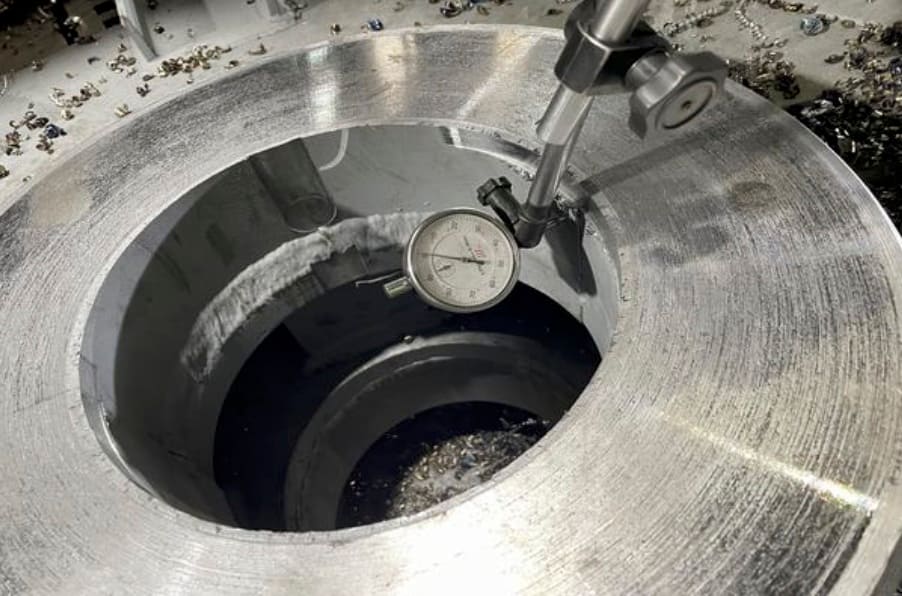Run Out Test After Machining, Theory and Practice
Abstract:
This paper provides an in-depth exploration of the run out test carried out after the machining process. It examines the significance, methods, applications, and limitations of this test in ensuring the quality and precision of machined components, with specific examples included.
Introduction:

The run out test holds extreme importance in the post-machining phase as it assesses the conformance of components to specific tolerance requirements. A thorough understanding of the intricacies of this test is crucial for attaining high-precision machined parts.
Main Body:
Definition and Purpose: Clarify the meaning and rationale behind the run out test, for example, testing the roundness of a shaft.
Test Methods:
Describe the various techniques utilized in conducting the test, such as using a dial indicator to measure the run out.
Significance in Machining:
Highlight its significance in ensuring quality and dimensional accuracy. For instance, in a bearing assembly, ensuring the run out is within tolerance to prevent excessive vibration.
Applications in Different Industries:
Illustrate the usage across diverse sectors, like in the automotive industry, where engine components require precise run out measurements.
Limitations and Challenges:
Address the potential drawbacks and difficulties associated with the test, such as the influence of surface roughness on the test results.
Results Interpretation and Analysis: Discuss how to interpret and make decisions based on the test results, using an example of a gear where the run out measurement indicates potential issues.
Conclusion:
The run out test after machining serves as a critical instrument for assessing the quality and precision of machined components. Nevertheless, it does have its limitations, and a comprehensive understanding of its applications and interpretation is essential for effective utilization. Future research can focus on developing more advanced and efficient testing methods.
Learn more our project quality managemet, QAQC and third party inspection (TPI), NDT practices thru below link.-
JSC SAFE Inspection Video Available on Youtube.-
